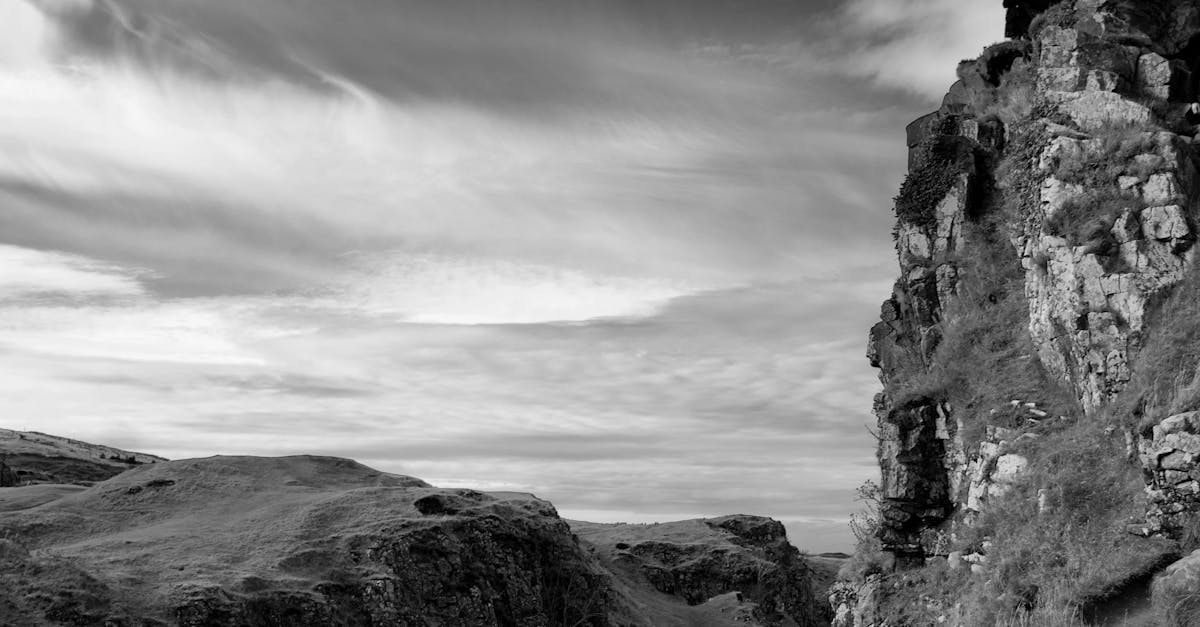
Table Of Contents
TrafficResilient Grass Options
When it comes to selecting grass types that can endure heavy foot traffic in Arizona landscapes, Kentucky Bluegrass emerges as a top contender. Known for its resilience to wear and tear, Kentucky Bluegrass thrives in sunny areas and withstands moderate drought conditions. Its ability to quickly recover from damage makes it an ideal choice for high-traffic areas like playgrounds or pathways. Implementing proper Lawn Care practices, such as regular watering and fertilization, can further enhance the durability and appearance of Kentucky Bluegrass in your landscape.
Another native grass species that excels in traffic-resilient qualities is Blue Grama Grass. This low-maintenance option is well-suited for Arizona's arid climate, as it requires minimal water once established. Blue Grama Grass forms a dense turf that can handle frequent use without losing its aesthetic appeal. Incorporating Blue Grama Grass into your landscape not only ensures a durable and attractive surface but also helps in maintaining sustainable Lawn Care practices in the desert environment.
Kentucky Bluegrass
Kentucky Bluegrass, with its fine texture and vibrant green color, is a popular choice for lawns in Arizona due to its tolerance for moderate foot traffic. This cool-season grass thrives in the mild winter climate of the state, making it an attractive option for homeowners looking to maintain a lush lawn year-round. Its ability to repair itself quickly helps to create a dense, uniform turf, enhancing the overall appearance of the landscape.
Proper lawn care is essential for maintaining a healthy Kentucky Bluegrass lawn in Arizona. Regular watering, mowing at the correct height, and fertilizing according to the specific needs of this grass species are crucial steps to ensure its vitality. Kentucky Bluegrass benefits from overseeding in the fall to fill in any bare patches and improve its resilience against wear and tear. Additionally, aerating the soil to promote root growth and proper drainage can further enhance the longevity of this grass in Arizona's unique climate.
Native Grass Species
Native grass species are an excellent choice for Arizona landscapes due to their adaptability to the region's climate and soil conditions. Blue Grama Grass, a native grass species, is known for its drought tolerance and low maintenance requirements, making it a popular choice for both residential and commercial landscapes in Arizona. Its fine texture and attractive seed heads add a natural aesthetic to any lawn. Proper Lawn Care for Blue Grama Grass includes regular watering during establishment and occasional mowing to maintain its height and density.
Another native grass species that thrives in Arizona landscapes is Buffalograss, known for its low water consumption and resilience to heat. This warm-season grass requires minimal maintenance once established, making it ideal for homeowners looking for a sustainable and eco-friendly lawn option. Lawn Care for Buffalograss involves infrequent watering to encourage deep root growth and occasional dethatching to promote healthy turf density. By choosing native grass species like Blue Grama Grass and Buffalograss, Arizona residents can enjoy a lush and vibrant lawn while conserving water and reducing maintenance needs.
Blue Grama Grass
Blue Grama Grass, a popular native grass species in Arizona, is well-suited for arid climates and low-maintenance landscapes. This warm-season grass thrives in full sun and well-drained soil, making it ideal for the hot and dry conditions often experienced in Arizona. Blue Grama Grass requires minimal watering once established, making it a cost-effective and environmentally friendly option for homeowners looking to conserve water in their landscapes.
Lawn care for Blue Grama Grass is relatively simple, requiring occasional mowing to a height of around 2 to 3 inches. This grass is known for its drought tolerance and ability to bounce back quickly after periods of low water availability, making it a resilient choice for Arizona landscapes. With its fine texture and attractive seed heads that turn a lovely shade of purple in the fall, Blue Grama Grass can add a unique and natural aesthetic to any yard.
WinterHardy Grasses
When it comes to choosing winter-hardy grasses for your Arizona landscape, one popular option is Ryegrass. This cool-season grass thrives in the winter months when other grass types may go dormant. Ryegrass is known for its quick establishment and vibrant green color, making it an attractive choice for overseeding lawns in Arizona. Its ability to withstand cool temperatures and moderate foot traffic makes it a suitable option for maintaining a lush lawn during the winter season. Proper lawn care, such as regular watering and mowing at the correct height, will help Ryegrass thrive in Arizona's winter climate.
Another winter-hardy grass to consider for your Arizona landscape is Ryegrass. This type of grass is well-suited for overseeding warm-season grasses during the cooler months, providing a year-round green lawn. Ryegrass can tolerate cold temperatures and offers good resilience against foot traffic, making it a great option for high-traffic areas in your yard. Including Ryegrass in your lawn care routine can help to ensure a consistently green and healthy lawn throughout the winter season in Arizona.
Ryegrass
Ryegrass, a cool-season grass species, is an excellent choice for Arizona landscapes due to its ability to thrive in cooler temperatures. This grass variety is known for its quick germination and establishment, making it a popular choice for overseeding warm-season grasses during the winter months. Ryegrass offers a vibrant green color and dense growth, enhancing the overall appearance of lawns in the region.
One of the key advantages of Ryegrass is its high tolerance to foot traffic, making it an ideal option for areas that experience heavy use. This resilience to wear and tear makes Ryegrass a top pick for lawns that are frequently used for recreational activities or social gatherings. Proper lawn care practices, including regular watering and mowing, will help maintain the lush appearance of Ryegrass in Arizona's unique climate.
FAQS
Can Kentucky Bluegrass be a good option for Arizona landscapes?
Kentucky Bluegrass is not recommended for Arizona landscapes as it is not well-suited to the hot and dry climate of the region.
What are some native grass species that thrive in Arizona landscapes?
Blue Grama Grass is a native grass species that performs well in Arizona landscapes due to its drought tolerance and low maintenance requirements.
Are there any winter-hardy grass options for Arizona landscapes?
Ryegrass is a winter-hardy grass option that can be used in Arizona landscapes to maintain a lush green lawn during the cooler months.
Which grass types are best suited for high-traffic areas in Arizona landscapes?
For high-traffic areas in Arizona landscapes, consider options like Bermuda Grass or Zoysia Grass that are known for their resilience to foot traffic and wear.
How can I ensure the grass in my Arizona landscape stays healthy?
To ensure the health of grass in your Arizona landscape, make sure to provide adequate water, proper fertilization, and regular maintenance such as mowing and aerating as needed.


